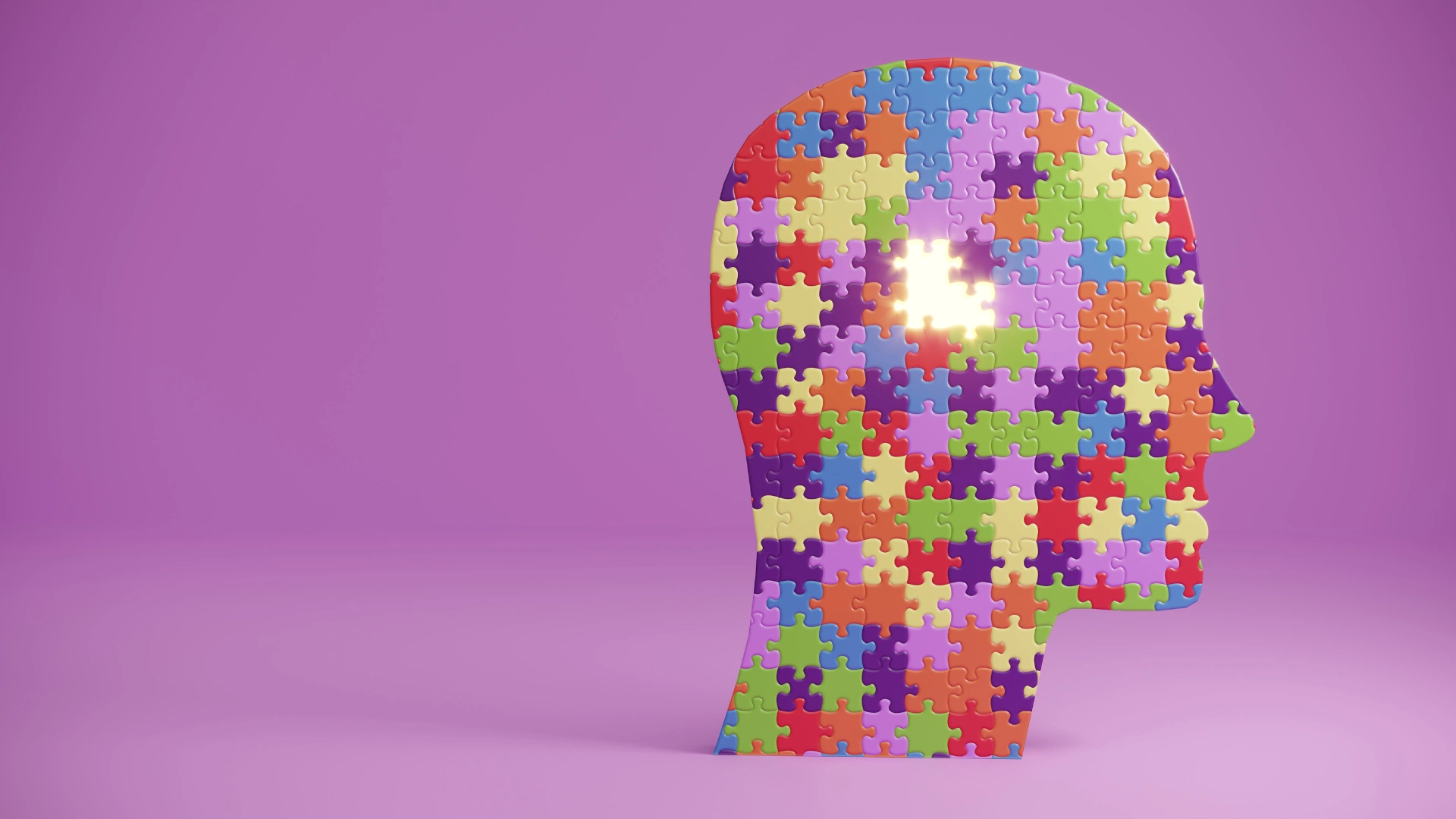
"As the CEO and cofounder of an AI-native skills company, I've spent the last decade working with talent leaders to build better and fairer hiring processes. And, here's the uncomfortable truth: The biggest source of hiring bias isn't AI-it's us. While high-profile lawsuits like Mobley gets all the headlines, over 99.9% of employment discrimination claims in the previous five years don't center on AI bias, but on human bias."
"However, a far more relevant question is: Are AI systems more biased than humans? The answer to that is a resounding "no." The same meta-analysis that showed employment discrimination claims were based on human bias, also shows that female candidates experience up to 39% fairer treatment with AI compared to human evaluators, and racial minorities see up to 45% fairer treatment. This isn't an excuse to ignore the risk of AI bias-it's a signal that AI can and should be a tool to raise the standard for fairness in hiring."
A high-profile lawsuit, Mobley vs. Workday, has prompted renewed attention to AI-powered hiring tools and potential bias. Over 99.9% of employment discrimination claims in the past five years centered on human bias rather than AI. Most AI models trained on historical data can inherit and amplify existing human biases, but meta-analysis shows AI can produce fairer outcomes: female candidates may receive up to 39% fairer treatment and racial minorities up to 45% fairer treatment compared with human evaluators. Companies and vendors should adopt practices to detect, explain, and mitigate AI bias, starting with publishing explainability documentation.
Read at Fast Company
Unable to calculate read time
Collection
[
|
...
]